#labriformes
Text

A male slingjaw wrasse (Epibulus insidiator)
by Alain Feulvarch
#slingjaw wrasse#wrasses#bony fish#fish#epibulus insidiator#epibulus#labridae#labriformes#actinopterygii#chordata
1K notes
·
View notes
Text
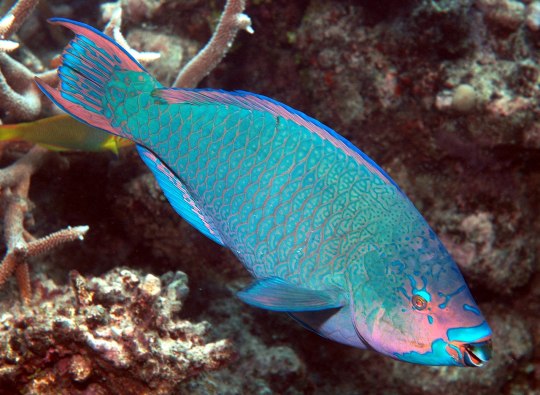
Highfin Parrotfish (Scarus altipinnis), family Scaridae, order Labriformes, Great Barrier Reef, Australia
photograph by Leonard Low
408 notes
·
View notes
Text

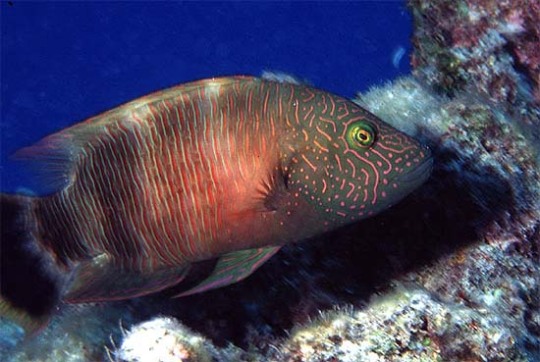
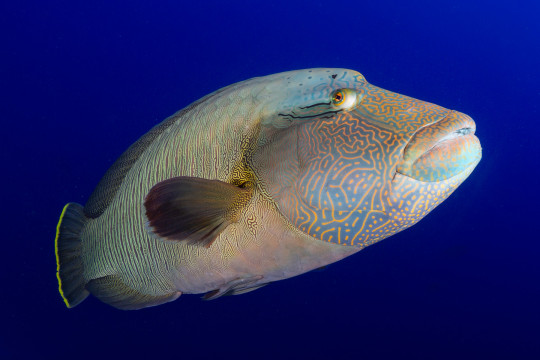
Let's Hear it for the Humphead Wrasse
The humphead wrasse, Cheilinus undulatus, is also known as the Māori wrasse, Napoleon wrasse, or the blue- tooth grouper. They can usually be found around coral reefs and steep rocky cliffs in the Indo-Pacific, particularly on the east coast of Africa, the west coast of India, and the tropical waters of southeast Asia and the Great Barrier Reef.
The Māori wrasse gets its name from the distinctive markings that adults carry. Males are blue-green or purple, while females are more often red or orange. Both have unique patterns of lines and dots covering their heads, and stripes running down the rest of their body; early researchers compared the patterns on their heads to the tattoos traditionally used by the Māori people. In addition to its striking coloration, C. undulatus is also known for being the largest member of the wrasse family. Males can reach up to 2 m (6.5 ft) long and weigh up to 180 kg (396 lbs), while females tend to be smaller. Males also have a large 'hump' on their foreheads, hence the name humphead wrasse.
Another feature of note in C. undulatus is the set of large teeth fused into a parrot-like beak. They use this beak to predate upon hard-shelled animals like mollusks, urchins, sea stars, and crustaceans. On occasion, they also feed on smaller fish and moray eels. Due to their size, adults have very few natural predators aside from sharks, but larvae and small juveniles are more often opportunistically hunted by other fish.
Like many coral reef fish, the humphead wrasse is a protogynous hermaphrodite. This means that most individuals begin life as a female, and become male later in life-- known as 'super males', they are larger than males who did not transition. Individuals first become sexually mature at 5-7 years old, and females begin transitioning to male at 9-12 years old. Spawning occurs a few times a year, and during this period over a hundred adults can congregate in an area. The female releases about 20 eggs into the water column, where they are fertilized by her chosen partner. Three to four weeks later, the eggs hatch and the larvae migrate to the nearby reef.
Conservation status: C. undulatus is considered Endangered by the IUCN. Populations have declined due to overfishing and by-catch mortalities, loss of their food sources, habitat destruction, and capture of juveniles for the aquarium trade.
If you send me proof that you’ve made a donation to UNRWA or another organization benefiting Palestinians– including esim donations– I’ll make art of any animal of your choosing.
Photos
Andrew J. Green
Lluís Masuet
George Ryschkewitsch
#humphead wrasse#Labriformes#Labridae#wrasses#ray-finned fish#bony fish#fish#marine fauna#marine fish#coral reefs#coral reef fish#indian ocean#Pacific Ocean#indo-pacific#animal facts#biology#zoology#ecology
99 notes
·
View notes
Text
Taxonomy Tournament: Fish
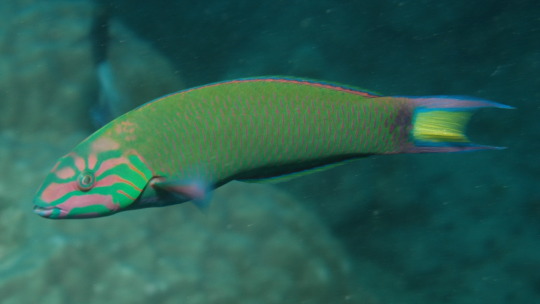
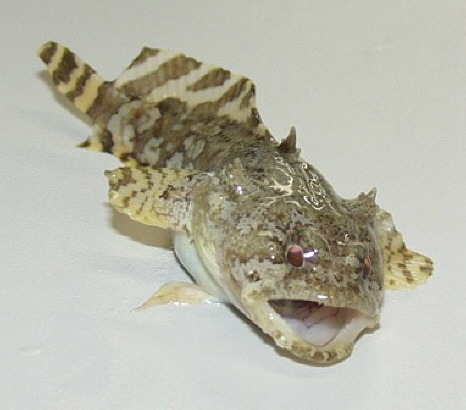
Labriformes. This order contains parrotfish and the cleaner wrasse, which feeds off of parasites they remove from larger fish
Batrachoidiformes. This family is made up of toadfish, ambush predators that hide on sandy and muddy substrates. They also ''sing'' using their swim bladder to attract mates.
#animals#biology#polls#poll tournament#zoology#cleaner wrasse#parrotfish#fish#toadfish#Labriformes#Batrachoidiformes#0x4cv0xb3#animal tournament#Animal Tournament Round 1
82 notes
·
View notes
Photo
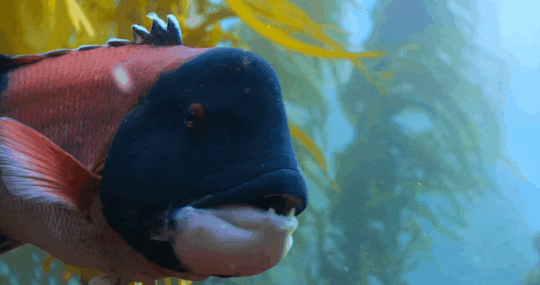
california sheephead (semicossyphus pulcher)
one of the largest members of the wrasse family, the california sheephead is a vital part of kelp forest ecosystems. they prey on shelled creatures, which includes sea urchins, who are kelp grazers. their large teeth allow them to crush through the shells of their prey. they are protogynous fish and often travel in a harem - with one dominant male leading a group of females.
this species is listed as vulnerable on the IUCN red list.
gif creds: our planet (2019)
#zoology#biology#marine biology#ichthyology#osteichthyes#actinopterygii#wrasse#labriformes#labridae#fish#vulnerable species#our planet#california sheephead
197 notes
·
View notes
Text

Harlequin tuskfish
By: A. Power
From: The Fascinating Secrets of Oceans & Islands
1972
#harlequin tuskfish#wrasse#labriform#bony fish#fish#1972#1970s#A. Power#The Fascinating Secrets of Oceans & Islands
197 notes
·
View notes
Text
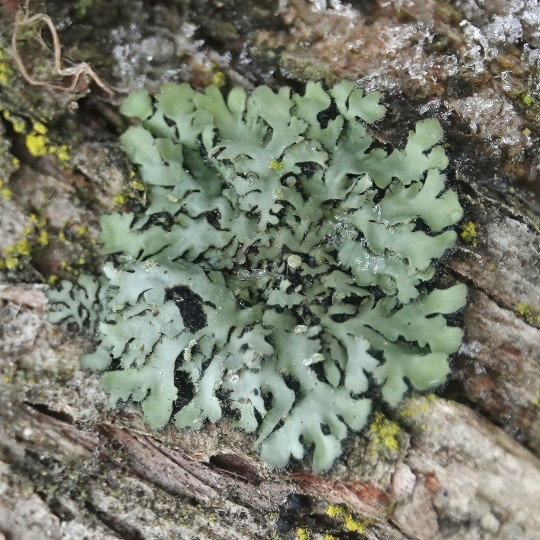
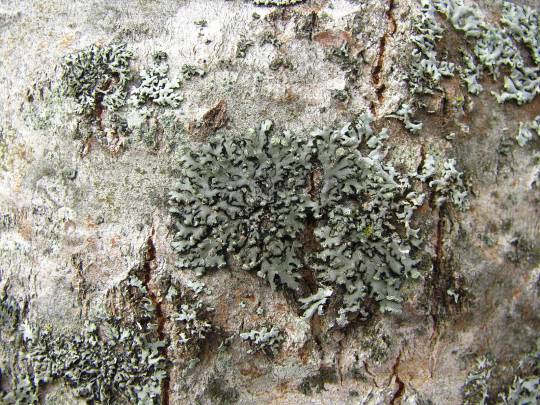
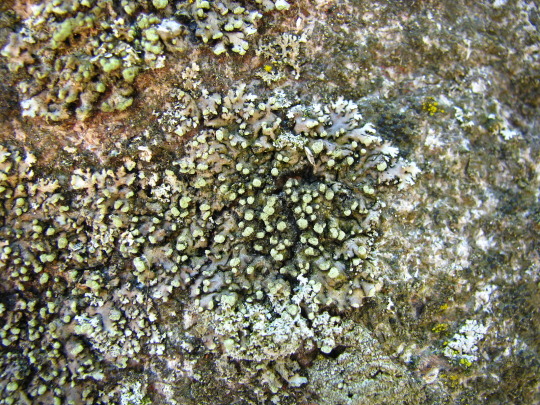
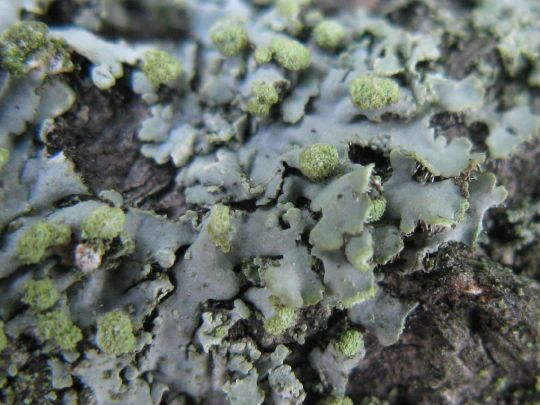

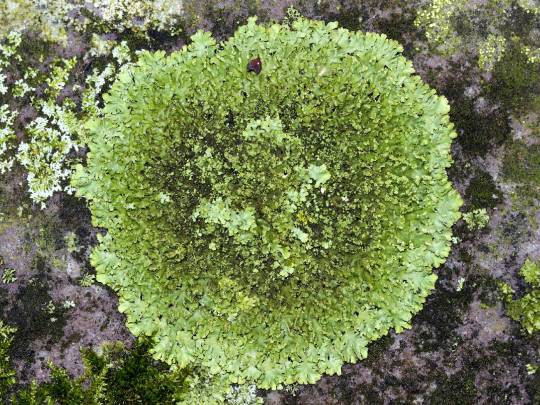
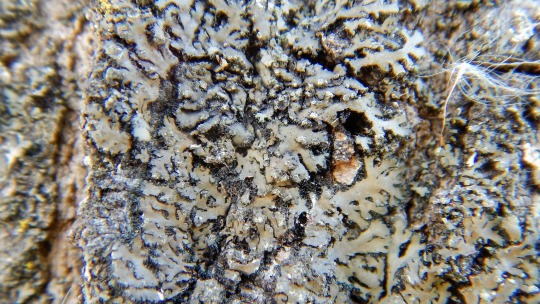
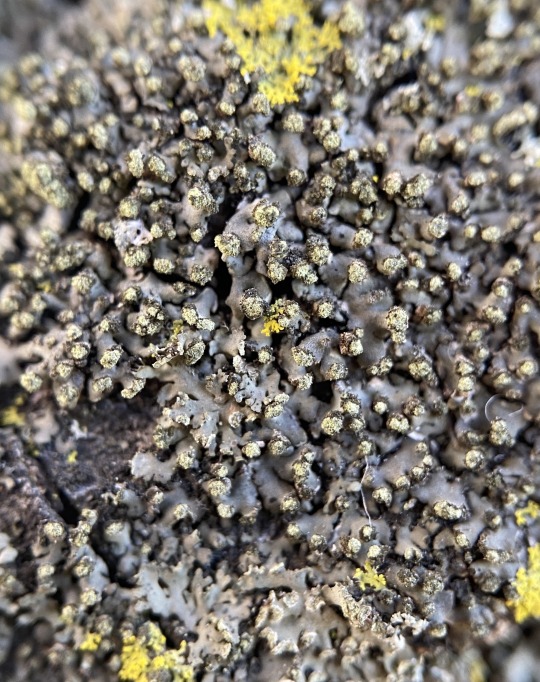
Phaeophyscia pusilloides
Pompom shadow lichen
This foliose lichen grows in rounded rosettes up to 3 cm in diameter. It has narrow, elongated lobes closely attached to the substrate. The upper surface is gray-brown when dry, and bright green when wet! And the lower surface is black with long, simple rhizines. It produces powdery soredia from capitate or labriform soralia on the lobe tips. It only rarely produces apothecia, which have a rhizinate margin and a brown disc. It has a green algal photobiont. P. pusilloides grows on nutrient-enriched, deciduous trees in temperate, montane valleys in North America and Europe.
images: source | source
info: source | source
#lichen#lichens#lichenology#lichenologist#mycology#ecology#biology#fungi#fungus#symbiosis#symbiotic organisms#algae#Phaeophyscia pusilloides#Phaeophyscia#I'm lichen it#lichen a day#daily lichen post#lichen subscribe#trypo#trypophobia#life science#environmental science#natural science#nature#naturalist#beautiful nature#weird nature#the natural world
40 notes
·
View notes
Photo


The Warm-blooded Opah (AKA "Moonfish")
Opah: The Warmest Fish in the Cold Blue Sealabriform lone wolf and marathoner of the mesopelagic
The ocean is chock-full of athletic speedsters zooming around the depths in search of their next meal. Nature documentaries are full of epic footage featuring marlin, tuna, sharks, and other famous species streaking through the water to demolish some poor school of anchovies or herring. But athleticism in the marine environment comes in all sorts of unique shapes and sizes—and no fish exemplifies this better than the elusive and unmistakable opah!
Opah, or moonfish, have some similarities to a group of fish we’ve previously covered—molas, or ocean sunfish.
Opah are comprised of six known species in the genus Lampris. Opah and molas also share a similarly deep-bodied and round body shape. Both groups of fish are also far more athletic than their somewhat odd shape might suggest—opah are known to keep pace with tuna and other highly mobile predators during their forays throughout the mesopelagic zone, usually sticking within about 150-500 feet deep.
And finally, both opah and molas utilize somewhat abnormal swimming methods. While molas wag their oversized dorsal and ventral fins to move forward, opah flap their pectoral fins to fly through the water in what’s known as a “labriform” swimming method. Though opah larvae are quite long and slender when hatched, they quickly grow into their distinctive deep-bodied form before they’re an inch long...
The distinct appearance of opah belies their truly unique biology.
A rare few fish like tunas, billfish, and lamnid sharks can regulate the internal temperature of certain critical portions of their bodies. Opah take it one step further: they have the distinction of being the only known fish to possess whole-body endothermy, allowing them to maintain internal temperatures higher than the surrounding water throughout their entire body. In addition to their unique whole-body warming, they keep their eyes and brain even warmer...
Read more and hear the USFWS Fish of the Week podcast here:
https://www.fws.gov/story/opah-warmest-fish-cold-blue-sea
Photograph: Ralph Pace/NOAA Fisheries
65 notes
·
View notes
Text
Animal Crossing Fish - Explained #233
Brought to you by a marine biologist who uses tools to get shit done...
CLICK HERE FOR THE AC FISH EXPLAINED MASTERPOST!
If you're familiar with the debate surrounding animal intelligence, you've probably heard about the many tests animals can be given to test their level of intelligence. These tests are how we have determined that dolphins and great apes are smart as hell while most other animals really aren't. Now, we don't have a lot of time to talk about intelligence, but please understand that intelligence, like any trait, is useful for some but not for others, and that doesn't make those others lesser. Anyway, one test for intelligence is the use of tools, and today's fish - the Blackspot Tuskfish - was the first fish discovered to do just that.
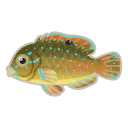
The Blackspot Tuskfish (acronym from now on - BSTF) appeared for a short while in Animal Crossing Pocket Camp for their Fishing Tourney #53, the Oasis Patio. This event occurred during August 2022, and the BSTF hasn't been seen since.
The BSTF is a species of wrasse belonging to Order Labriformes which includes the wrasses, parrotfish, and cales. These fish are most often associated with coral reef habitats and feed on a variety of organisms and algae, depending on species. Within Labriformes is Family Labridae which are the wrasses specifically. They are known to be incredibly colorful, and most are protogynous hermaphrodites, meaning they begin life as females and become male as they grow larger. Some, like the tuskfish (Genus Choerodon), have large, sharp teeth - "tusks" - and powerful jaws they use to crunch on bivalves and other hard prey. The BSTF (Choerodon schoenleinii) is a native to Indo-Pacific near-shore coral reefs, from East Africa out to various Pacific islands, where it does just that.

From https://fishesofaustralia.net.au/home/species/1928
When the BSTF finds a bivalve is just can't crack with its jaws alone, it goes looking for something to help it, like a rock it can smash the bivalve into. In July 2011, this behavior was finally documented, providing evidence to support the notion that wild fish can use tools. At least for BSTF, it was given that seal of approval, as using the rock to help it feed fit the accepted definition of tool use.
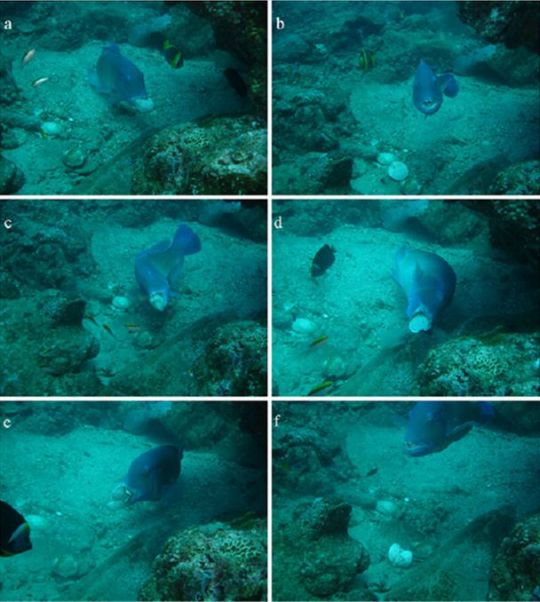
From https://phys.org/news/2011-07-photo-fish-tools.html
Fish are smarter than people give them credit for. At the end of the day, it's really hard to determine how smart a creature like a fish, that has evolved over millennia in an environment so unlike ours, is. We can't simply compare their intelligence to ours, nor should we snub our noses at animals that just don't have it. You wouldn't like it if a fish judged you based on how well you could breathe underwater.
And there you have it! Fascinating stuff, no?
#blackspot tuskfish#fish#animal crossing#animal crossing pocket camp#acpc#animals#marine biology#ocean#science#science in video games#animal crossing fish explained
4 notes
·
View notes
Text

Rainbow Cale, Heteroscarus acroptilus (1801) - Ferdinand Bauer
#Wonder Rooms#Cabinet of Curiosities#Public Domain#19th Century#Natural History#Scientific Illustration#Ferdinand Bauer#Zoology#Animalia#Fishes#Actinopterygii#Labriformes#Odacidae#Heteroscarus
28 notes
·
View notes
Text
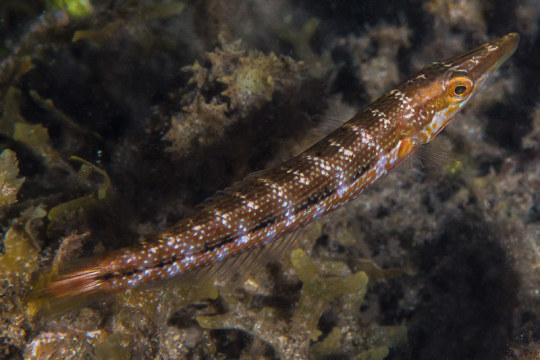
A cigar wrasse (Cheilio inermis) in Tahiti, French Polynesia
by François Libert
#cigar wrasse#wrasses#bony fish#fish#cheilio inermis#cheilio#labridae#labriformes#actinopterygii#chordata#wildlife: tahiti
38 notes
·
View notes
Text
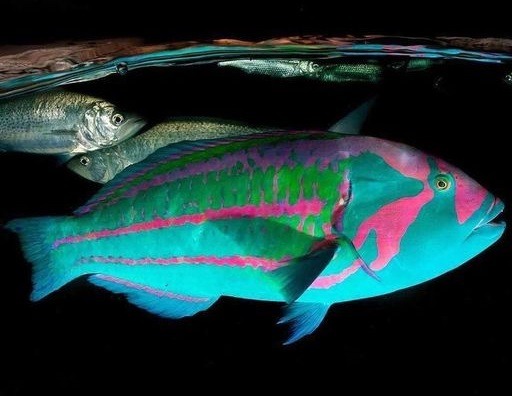
Surge Wrasse (Thalassoma purpureum), family Labridae, order Labriformes, Lord Howe Island, Australia
These fish are protogynous hermaphrodites. They all hatch out as females, and turn into males later in life.
photograph by Jordan Robins
249 notes
·
View notes
Photo

Pearly razorfish (Xyrichtys novacula)
Photo by Kevin Bryant
#pearly razorfish#cleaver wrasse#xyrichtys novacula#xyrichtys#labridae#labriformes#percomorpharia#percomorpha#acanthomorpha#neoteleostei#euteleostei#teleostei#neopterygii#actinopterygii#osteichthyes#vertebrata#chordata
24 notes
·
View notes
Text
straight friend groups: chad, jessica, veronica, michael, ron
gay friend groups: anguilliform swimmer, subcarangiform swimmer, carangiform swimmer (they're subcarangiform's partner), thunniform swimmer, ostraciiform swimmer, amiiform swimmer, gymnotiform swimmer, balistiform swimmer, tetraodontiform swimmer, rajiform swimmer (non binary), diodontiform swimmer and labriform swimmer (only one who knows how to drive)
2 notes
·
View notes
Photo
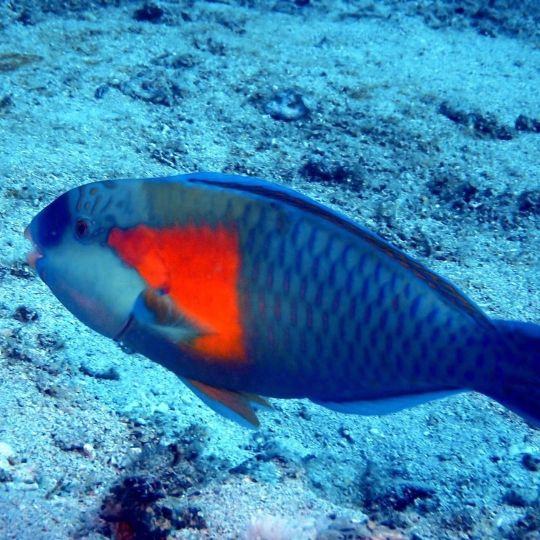
#鮑氏鸚嘴魚 Chlorurus bowersi 俗名 #鸚哥、#青衫、#蠔魚,為輻鰭魚綱鱸形目隆頭魚亞目鸚哥魚科的其中一種。 動物界 Animalia 脊索動物門 Chordata 輻鰭魚綱 Actinopteri 隆頭魚目 Labriformes 鸚哥魚科 Scaridae 綠鸚嘴魚屬 Chlorurus 鮑氏綠鸚嘴魚 C. bowersi #綠島 #大白沙 Aug 13,2020 最大深度21.3m 平均深度15.9m 水溫29度 潛水時間41m OLYMPUS TG-6 PT-059潛水殼 Weefine Smart Focus 2300流明攝影燈(在 綠島大白沙濳水區) https://www.instagram.com/p/CECqNv1H2rJY9FVuKzNVdpLz4PyrqRG03GYXtE0/?igshid=11gyelgxz86xr
1 note
·
View note
Text
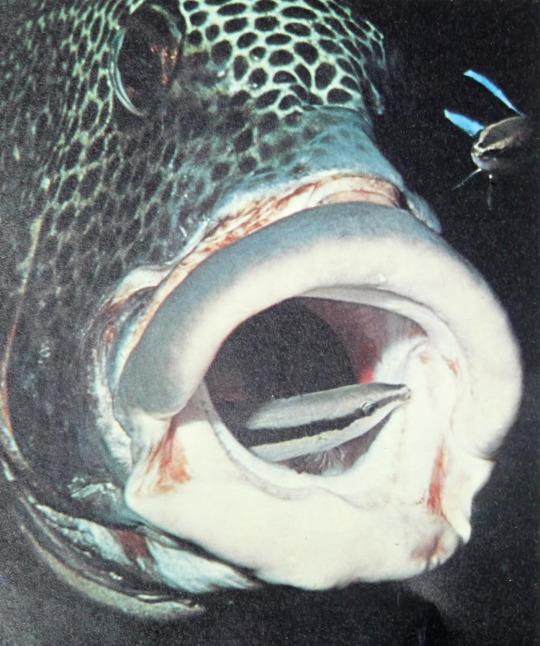
Cleaner wrasse cleaning the mouth of a sweetlip fish
By: Robert Harding Associates
From: The Complete Encyclopedia of the Animal World
1980
#cleaner wrasse#wrasse#labriform#bony fish#fish#sweetlip#perciform#1980#1980s#Robert Harding Associates#The Complete Encyclopedia of the Animal World (1980)
52 notes
·
View notes